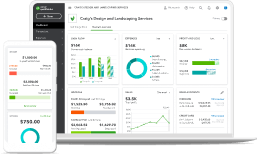What is an e-Commerce business?
E-commerce businesses are more popular than ever. Customers prefer the convenience and selection provided by online shopping, and the pandemic has pushed even more people to shop online. According to data from IBM’s U.S. Retail Index, the pandemic has accelerated the shift away from physical stores to digital shopping by roughly five years. E-commerce grew over 27% in 2020 and is expected to grow by about 14% in 2021, according to data from eMarketer.
With that in mind, you will find plenty of opportunities to delve into online sales. Plus, low barriers to entry have made starting an e-commerce business an appealing prospect for aspiring entrepreneurs. But while it’s easy for anyone with a bit of knowledge of e-commerce and a few resources to get started, it’s a fiercely competitive market. The pandemic caused many brick-and-mortar store owners to switch to an e-commerce model, and brand loyalty is eroding. According to research by McKinsey, the majority of customers have been shopping differently since the COVID pandemic began, and most intend to continue that behaviour.
To succeed in e-commerce and pull a profit, you will need to work hard and build a strong foundation. You will need to do market research; understand your target audience; create a financial plan; and take all the necessary steps to ensure your business is compliant with federal, state, and local laws.
Beyond that, here are some essential tips to help you start a successful online business.














